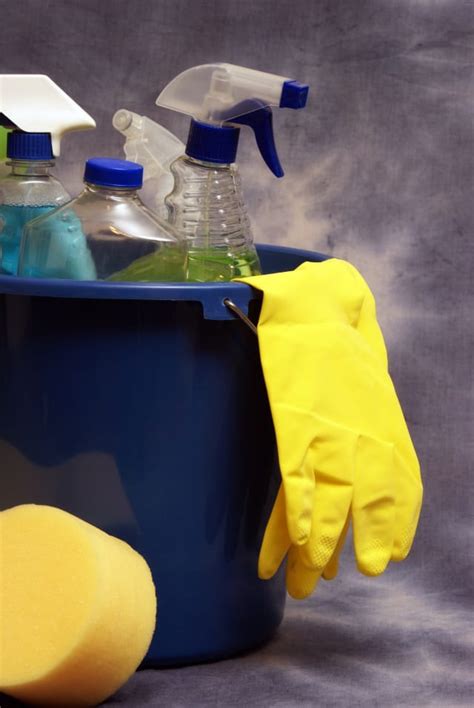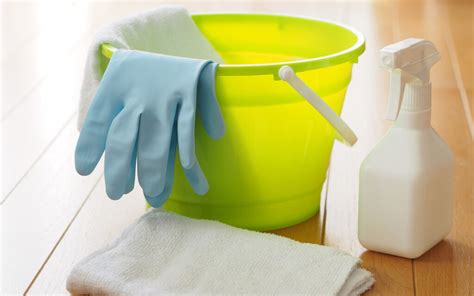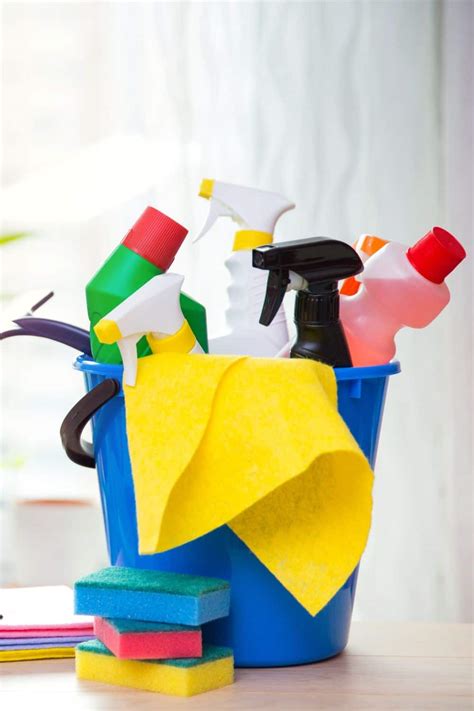Keeping silverware clean and polished not only enhances its beauty but also extends its lifespan. Whether you’re dealing with antique heirlooms or everyday flatware, understanding the proper techniques for cleaning and polishing silverware is essential. In this ultimate guide, we’ll explore everything you need to know to achieve sparkling results. From identifying different types of silverware to using homemade cleaning solutions, we’ll walk you through each step with expert advice. You’ll also discover tips for preventing tarnish, storing silverware properly, and dealing with stubborn stains or damage. With these insights, your silverware will remain in pristine condition, ready to impress at every occasion.
Explore this topic with shzow.com in great detail.
1. Understanding Different Types of Silverware
Silverware comes in various types, each requiring specific care to maintain its shine and integrity. The most common types include sterling silver, silver-plated, and stainless steel.
Sterling silver is made of 92.5% pure silver, often mixed with other metals for strength. It’s highly valued for its quality and luster but requires regular maintenance to prevent tarnish.
Silver-plated items have a thin layer of silver coated over a base metal like copper or brass. While more affordable than sterling silver, they are prone to wear over time, revealing the underlying metal if not handled carefully.
Stainless steel is a popular alternative, known for its durability and resistance to tarnish. Though it doesn’t have the same gleam as silver, it’s easier to maintain and ideal for everyday use.
Understanding the composition of your silverware is crucial because it determines the cleaning methods and products you’ll use. For instance, abrasive cleaners may be too harsh for silver-plated items but suitable for more robust materials like stainless steel. By identifying the type of silverware you own, you can ensure that you’re using the right techniques to preserve its beauty and value over time.

2. Essential Supplies for Cleaning Silverware
Properly cleaning and maintaining your silverware requires the right tools and products. These items are crucial for keeping your silverware in top condition, regardless of whether it’s sterling silver, silver-plated, or stainless steel.
Microfiber cloths are essential for any cleaning routine. Their gentle texture makes them perfect for delicate surfaces, while their effectiveness at removing dirt and fingerprints without scratching ensures a pristine finish. Ideal for everyday polishing, these cloths help maintain a shine between deep cleans.
Silver polish is specifically formulated to remove tarnish and restore luster. Choose a high-quality brand that’s suitable for the type of silverware you own. For silver-plated items, a gentler formula is recommended to avoid damaging the thin silver layer.
Soft-bristled brushes are useful for getting into intricate patterns and crevices where tarnish can accumulate. They allow for precise cleaning without the risk of abrasion.
Mild dish soap mixed with warm water is perfect for routine cleaning, especially for stainless steel and lightly tarnished silverware. It effectively removes grease and grime while being gentle on the metal.
Finally, consider using anti-tarnish strips in your storage area. These help to absorb harmful gases that cause tarnish, keeping your silverware looking polished for longer perio

3. How to Identify Tarnish on Silverware
Identifying tarnish on silverware is the first step in maintaining its shine and beauty. Tarnish occurs when silver reacts with sulfur-containing substances in the air, forming a layer of corrosion that dulls its appearance. Recognizing the signs of tarnish early can help you address it before it becomes more difficult to remove.
Tarnish often starts as a slight yellowish or brownish tint on the surface of the silverware. As it progresses, it can turn darker, taking on shades of blue, purple, or even black. This discoloration usually begins in areas that are less frequently handled or cleaned, such as intricate patterns, crevices, or the undersides of pieces.
To identify tarnish, examine your silverware under good lighting, ideally in natural daylight. Pay close attention to areas with detailed engravings or decorative elements, as tarnish tends to accumulate in these spots. Running your finger gently over the surface can also help; tarnished areas may feel slightly rough or textured compared to the smooth, polished sections.
Regularly inspecting your silverware allows you to catch tarnish early, making it easier to clean and ensuring your silver remains vibrant and beautiful. Early intervention can prevent tarnish from becoming deeply embedded, preserving the quality and appearance of your silverware.

4. Homemade Cleaning Solutions for Silverware
Homemade cleaning solutions can be a cost-effective and environmentally friendly way to keep your silverware looking its best. Many common household items can effectively clean and polish silver without harsh chemicals.
One popular method is the baking soda and aluminum foil technique. Line a bowl with aluminum foil, shiny side up, and fill it with hot water. Add a tablespoon of baking soda per cup of water, then immerse your silverware in the solution. The chemical reaction between the aluminum and baking soda helps to lift tarnish from the silver. After a few minutes, rinse the silverware with clean water and dry it with a soft cloth.
Another effective solution is a vinegar and baking soda mixture. Combine half a cup of white vinegar with two tablespoons of baking soda in a bowl of warm water. Soak the silverware for a few hours, then rinse and dry. This method is excellent for removing stubborn tarnish and restoring shine.
For a gentler clean, a paste made from baking soda and water can be applied directly to the silverware. Rub it in with a soft cloth, rinse thoroughly, and buff to a shine, making your silverware look like new.
5. Step-by-Step Guide to Cleaning Silverware
To keep your silverware looking its best and prevent damage, a careful and systematic approach to cleaning is essential. Follow these steps to ensure your silverware remains in top condition.
Gather Your Supplies:
Begin by gathering your cleaning essentials. You’ll need a microfiber cloth, mild dish soap, a soft-bristled brush, and your preferred cleaning solution. Choose either a commercial silver polish or create a homemade mixture using baking soda and aluminum foil.
Prepare the Cleaning Solution:
If you are using a homemade solution, follow the specific preparation instructions provided. For example, you may need to line a bowl with aluminum foil, fill it with hot water, and add baking soda.
To begin the cleaning process, submerge the silverware in the prepared solution. Make sure every piece is completely immersed. Allow the silverware to soak for a short period of time, which will help to loosen any tarnish or grime that may be present.
Gently Scrub: Employ a soft-bristled brush to meticulously clean intricate areas and detailed patterns. For smooth surfaces, delicately rub with a microfiber cloth to eliminate any residual tarnish.
Rinse Thoroughly: After cleaning, rinse the silverware under warm water to remove any cleaning solution residue. This step is crucial to prevent any lingering chemicals from dulling the silver.
Dry and Buff: Dry each piece thoroughly with a clean microfiber cloth, then buff to a shine. This final step ensures your silverware looks polished and radiant.
6. Expert Tips for Polishing Silverware
Polishing silverware is essential for maintaining its luster and extending its life. Here are some expert tips to ensure your silverware gleams with a brilliant shine.
Choose the Right Polish: Use a high-quality silver polish specifically designed for the type of silverware you own. Avoid abrasive cleaners, as they can scratch the surface and wear down the silver, especially on silver-plated items.
Polish Gently: Apply a small amount of polish to a soft microfiber cloth and rub it onto the silverware in gentle, circular motions. Focus on one section at a time, avoiding excessive pressure, which can cause damage.
Work in Small Areas: When polishing, work in small areas to ensure even coverage and thorough cleaning. This method also allows you to carefully monitor the progress and avoid missing any spots.
Buff for Extra Shine: After polishing, use a clean part of the cloth to buff the silverware to a high shine. This step not only enhances the luster but also helps to remove any remaining polish residue.
Handle with Care: Always wear gloves when polishing silverware to prevent fingerprints and oils from your skin from dulling the surface.
7. Preventing Tarnish: Tips for Long-Lasting Shine
Preventing tarnish is key to maintaining the long-lasting shine of your silverware. Here are some effective tips to keep your silver looking brilliant:
Regular Use: Frequent use of your silverware can actually help prevent tarnish. The friction from handling and cleaning can keep tarnish at bay by removing oils and sulfur compounds that cause tarnishing.
Proper Cleaning: Clean your silverware regularly using gentle methods. Avoid harsh chemicals that can damage the silver. Regular cleaning prevents tarnish from building up and becoming more difficult to remove.
Store Correctly: Store silverware in a dry, cool place. Use anti-tarnish pouches or cloths, which contain compounds that absorb sulfur and prevent tarnishing. For extra protection, wrap each piece in acid-free tissue paper before placing it in storage.
Avoid Contact with Certain Foods: Certain foods, especially those high in sulfur like eggs and onions, can accelerate tarnishing. Avoid leaving silverware in contact with these foods for extended periods.
Use Silver Polish: Periodically apply silver polish to maintain a protective layer. This can help minimize tarnish and keep your silverware looking its best.
By following these tips, you can ensure your silverware retains its shine and elegance for years to come.
8. Storing Silverware Properly to Maintain Cleanliness
Keeping your silverware sparkling clean and looking its best requires proper storage. Here’s how to ensure your silverware stays in top condition:
Choose the Right Storage: To prevent tarnishing, store silverware in a dry, cool place. Moisture and humidity can speed up the tarnishing process. Avoid storing silverware in areas prone to high humidity, such as near sinks or dishwashers.
Protect Your Silverware with Anti-Tarnish Solutions: To prevent your silverware from tarnishing, consider using anti-tarnish pouches or cloths. These products contain materials that absorb sulfur, a common cause of tarnishing. Simply place each piece of silverware in a pouch or wrap it in a cloth to shield it from the air and other contaminants that can lead to discoloration.
To prevent tarnishing, keep your silverware away from other metals. Store it separately from other utensils in dedicated silverware drawers or cases lined with tarnish-resistant fabric. This will help avoid reactions that can cause discoloration.
Keep It Clean: Prior to storage, it is crucial to thoroughly clean and dry the silverware. Any remaining moisture or food particles can cause tarnishing and staining over time.
Proper storage is key to keeping your silverware gleaming and beautiful for years to come. By following these simple practices, you’ll ensure your silverware stays in pristine condition.
9. Dealing with Stubborn Stains and Damage
Restoring the appearance of silverware marred by stubborn stains and damage might take a little extra effort, but it’s definitely achievable. Here’s how to tackle these challenges:
For Persistent Tarnish: Use a silver polish specifically designed for deep cleaning. Apply a small amount to a microfiber cloth and gently rub the tarnished areas in circular motions. Follow the product’s instructions for best results.
For Stubborn Stains: Create a paste from baking soda and water. Apply the paste to the stained areas and let it sit for 10-15 minutes. Gently scrub with a soft-bristled brush, then rinse thoroughly with warm water and dry.
For Scratches or Damage: If silverware has minor scratches, use a silver polish that includes a fine abrasive. Apply it carefully to the scratched areas to minimize their appearance. For significant damage, consider consulting a professional silversmith for repair.
Regular maintenance and prompt action can help address these issues, ensuring your silverware remains in excellent condition.
10. Frequently Asked Questions About Silverware Maintenance
1. How often should I clean my silverware?
Silverware should be cleaned regularly to prevent tarnish buildup. For items used frequently, a quick wipe after each use can help. For less frequently used silverware, clean it at least once every few months to maintain its shine and prevent tarnishing.
2. Can I use regular household cleaners on silverware?
It’s best to avoid regular household cleaners as they may contain abrasive or harsh chemicals that can damage silver. Instead, use products specifically designed for silverware, or opt for homemade solutions like baking soda and vinegar.
3. How do I remove stubborn tarnish?
For stubborn tarnish, use a high-quality silver polish or a baking soda and aluminum foil solution. Apply the polish with a soft cloth and follow the product instructions. For homemade solutions, soak the silverware and then gently scrub with a soft brush.
4. Is it safe to use a dishwasher for silverware?
Avoid placing silverware in the dishwasher, as the harsh detergents and high temperatures can damage the silver. Hand wash silverware using mild dish soap and warm water, and dry it immediately to prevent water spots and tarnish.
5. How can I prevent tarnish?
Prevent tarnish by storing silverware in a dry, cool place using anti-tarnish pouches or cloths. Regularly polish and clean your silverware, and avoid contact with sulfur-rich foods.
Maintaining the shine and beauty of your silverware is achievable with the right techniques and care. By understanding the different types of silverware, using proper cleaning solutions, and following expert tips for polishing and storage, you can keep your silverware looking its best. Regular maintenance and prompt attention to tarnish and stains will ensure your silverware remains a stunning centerpiece for any occasion, reflecting its timeless elegance and value.
shzow.com
